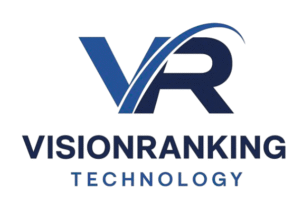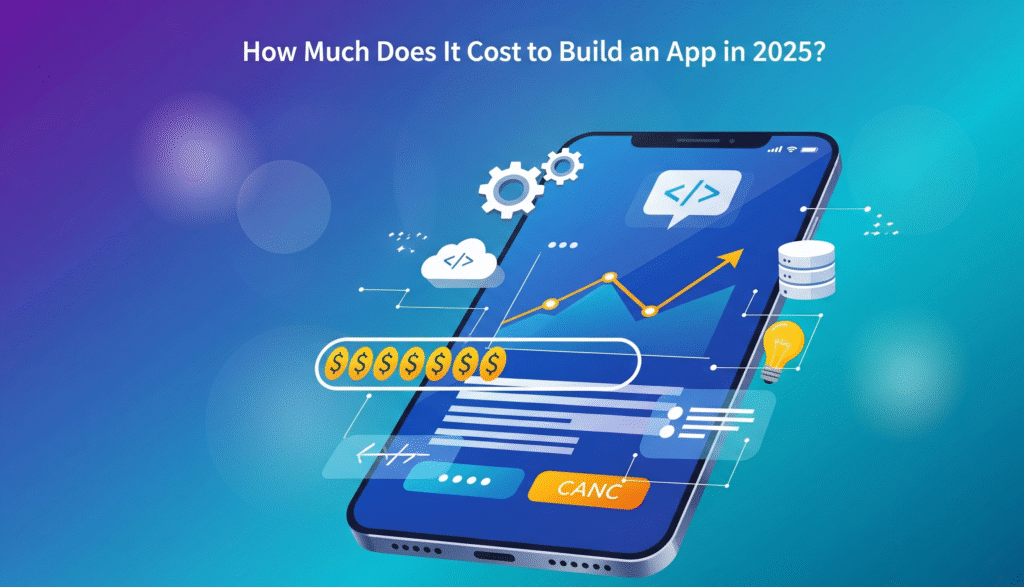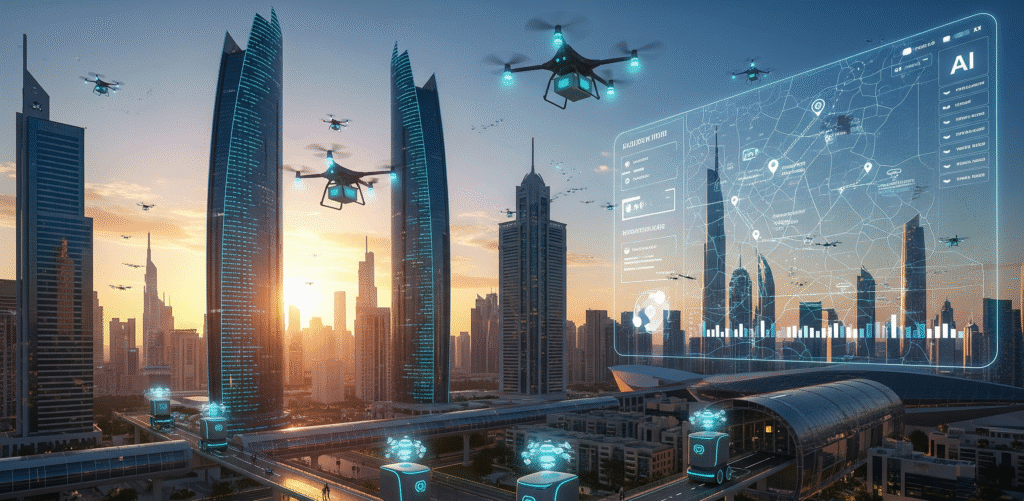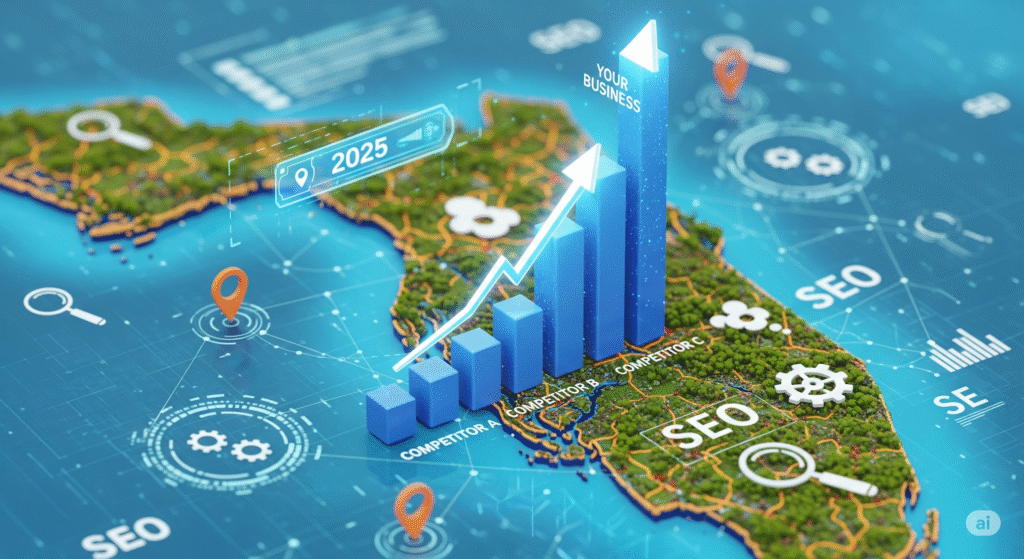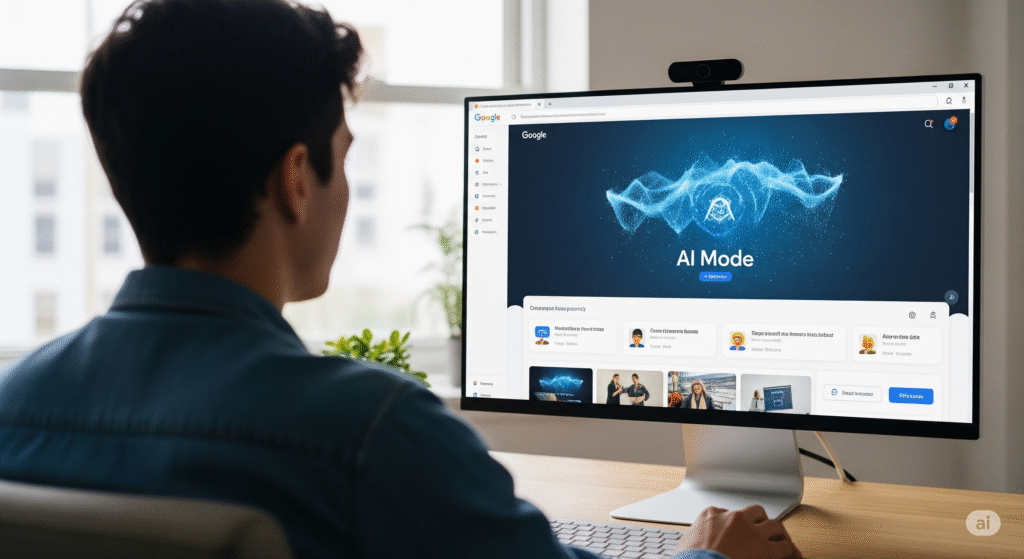How Much Does It Cost to Build an App in 2025?
In today’s fast-paced digital world, mobile apps have become the backbone of user engagement for businesses of all sizes. From eCommerce platforms and social media tools to healthcare apps and internal business software, the demand for well-designed, functional, and secure mobile applications continues to rise. One of the most common questions for businesses and startups is: “How much does it cost to build an app in 2025?” At Vision Ranking, we specialize in creating scalable, user-focused mobile applications that align with our client’s business goals and budgets. This detailed guide breaks down everything you need to know about app development costs in 2025, from average prices to factors that influence budgeting and strategic tips to save money. The Average Cost of Mobile App Development in 2025 App development costs can vary dramatically based on complexity, features, platforms, and the region of your development team. Here’s a breakdown based on complexity: App Complexity Estimated Cost (USD) Simple App $5,000 – $50,000 Medium Complexity App $50,000 – $120,000 Complex App (AI, IoT, etc.) $120,000 – $300,000+ Enterprise-Level Solution $400,000+ These prices may sound intimidating, but they include full-cycle development, testing, deployment, and often post-launch support. Key Cost Drivers in App Development 1. App Features and Functionality The more complex your app, the more time and resources it requires. Common features that impact cost: 2. Platform Choice: iOS vs. Android vs. Cross-Platform 3. Design & User Interface (UI/UX) A clean, intuitive, and accessible interface requires research, user testing, and creativity. Investing in quality UI/UX design improves retention and boosts ROI. 4. Backend Infrastructure & APIs Apps that require data synchronization, cloud storage, or third-party API integrations need a strong backend, increasing both cost and development time. 5. Project Management & QA Don’t overlook planning, testing, and communication. Effective project management and continuous quality assurance ensure your app is robust, user-friendly, and scalable. 6. App Maintenance & Updates Post-launch costs typically run around 15–25% of your initial app development cost per year. These include: What’s New in App Development in 2025? 2025 has introduced several technological shifts that influence development costs: Vision Ranking’s Approach to Smart App Development At Vision Ranking, we offer: We help you choose the right tech stack, build MVPs, and scale efficiently—all within your target budget. 👉 Learn more or get a quote: https://visionranking.com Tips to Reduce Your App Development Costs Frequently Asked Questions (FAQs) Q1: What is the cheapest way to build an app in 2025? Build a basic MVP using a cross-platform framework like Flutter and outsource to a trusted offshore team to keep costs low without sacrificing quality. Q2: Can I build an app under $10,000? Yes, basic apps with minimal features and no backend can be built within this budget, especially using no-code tools or offshore teams. Q3: What affects the timeline of app development? Features, team size, tech stack, and project management methodology. On average: Q4: How much does it cost to maintain an app yearly? Maintenance costs typically range between 15%–25% of your original development budget per year. Q5: Can Vision Ranking help with post-launch scaling? Absolutely! We provide scalable backend solutions, performance optimization, feature rollouts, and marketing support post-launch. Final Thoughts Building an app in 2025 is not just a technology decision—it’s a strategic investment. The cost depends on multiple factors, but with the right team and a well-defined approach, you can launch a high-quality, scalable product within your budget. At Vision Ranking, we help businesses turn their app ideas into impactful digital solutions. From ideation to execution, we’ve got you covered. 👉 Need help building your next app? Contact us today at visionranking.com and get your free consultation.
